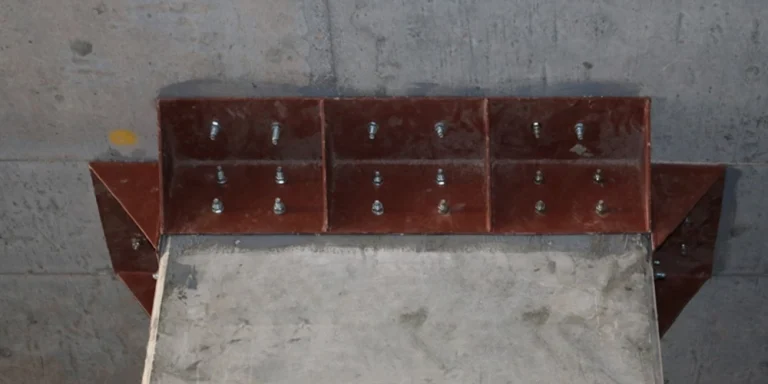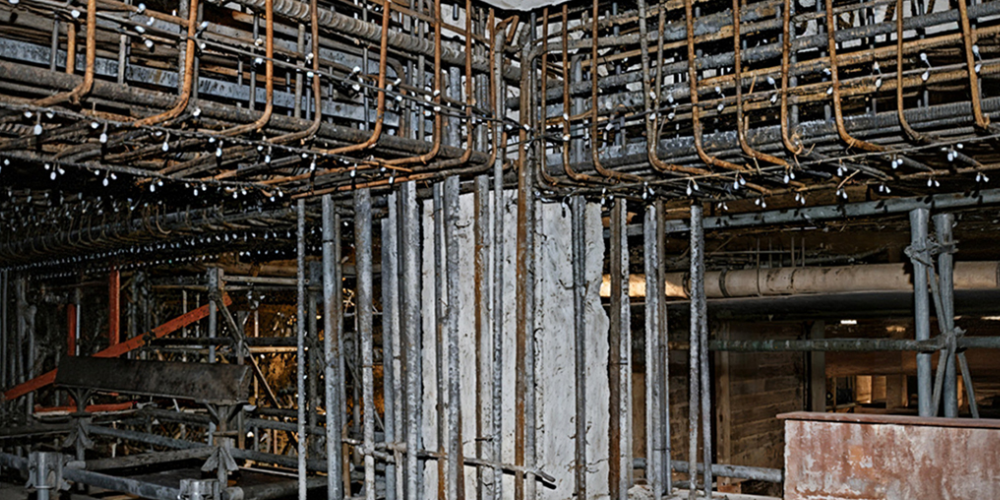What is Structural Engineering?
A Complete Guide to Understanding the Backbone of Modern Construction
Structural engineering is a vital discipline within civil engineering, focusing on the design, construction, and maintenance of structures that support or resist loads. From towering skyscrapers and long-span bridges to residential homes and tunnels, structural engineers make sure our built environment is safe, stable, and efficient.
In this blog, we’ll break down the basics of structural engineering, explore what structural engineers do, and why their work is critical to almost every aspect of the construction industry—especially for those seeking structural engineering in Saudi Arabia.
Structural engineers use principles from physics and mathematics, along with materials science, to analyze and predict how structures will behave under different conditions such as weight, temperature, wind, seismic activity, and more.
What Does a Structural Engineer Do?
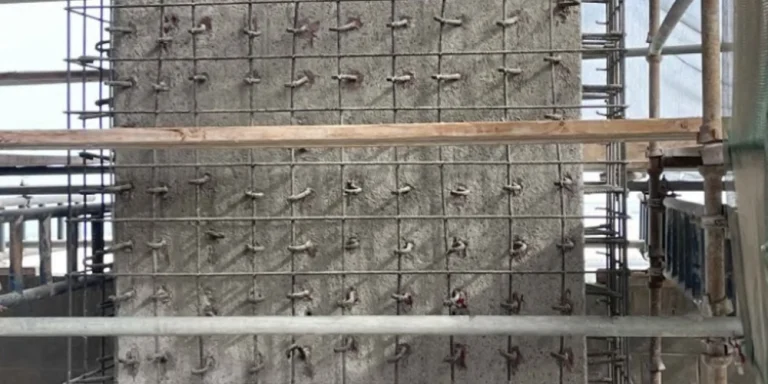
- Analyzing Loads: Structural engineers assess how different forces—such as dead loads (the structure’s own weight), live loads (people, furniture, vehicles), wind, and seismic forces—impact a structure’s integrity. This is especially crucial for structural engineering in Saudi Arabia, where desert wind conditions and seismic zones must be considered during planning.
- Selecting Materials: They determine the best materials—like concrete, steel, timber, or composites—based on factors such as load-bearing capacity, environmental impact, cost, and location. For example, in hot climates like Saudi Arabia, material durability under extreme temperatures is a key consideration.
- Designing Structures: From small residential homes to mega infrastructure projects, structural engineers develop detailed plans and structural frameworks to ensure strength and stability. Reliable structural engineering service in Saudi Arabia ensures that these designs comply with local codes and best practices.
- Utilizing Advanced Software: Engineers use design software like AutoCAD, Revit, SAP2000, and ETABS to simulate and analyze structural behavior. These tools help in creating accurate blueprints and models that foresee and address potential issues before construction begins.
- Ensuring Code Compliance and Safety: In Saudi Arabia, structural engineers must ensure that their designs comply with the Saudi Building Code and other international standards to guarantee public safety and regulatory approval.
- Collaborating with Project Teams: Structural engineers work closely with architects, project managers, MEP engineers, and contractors to align the structural system with the overall vision and functionality of a project.
Key Principles of Structural Engineering
Whether it’s a small building or a large industrial plant, structural engineering Bahrain is guided by several core principles. These principles are the foundation of every structural engineering service in Saudi Arabia and around the world:
- Strength: The structure must be able to support anticipated loads without breaking or failing. This includes both static and dynamic forces. In the context of structural engineering in Saudi Arabia, this may include additional considerations for sandstorms or temperature fluctuations.
- Stability: It’s not enough for a structure to hold weight—it must also remain upright and balanced under various conditions, including wind pressure and shifting soils, which are common in parts of Saudi Arabia.
- Stiffness: Stiffness refers to a structure’s ability to resist deformation under load. Excessive bending or movement can impact both the structural safety and user comfort, especially in high-rise buildings that are common in urban Saudi areas.
- Serviceability: This ensures the structure functions as intended without inconvenience. For example, floors shouldn’t vibrate excessively, and beams shouldn’t sag under normal use—crucial standards for every structural engineering service in Saudi Arabia.
- Durability: A durable structure resists environmental wear and tear over time. Given the harsh climatic conditions in Saudi Arabia, including intense heat and occasional floods, material selection and maintenance planning are key elements in ensuring long-term structural health.
Why Structural Engineering Is So Important
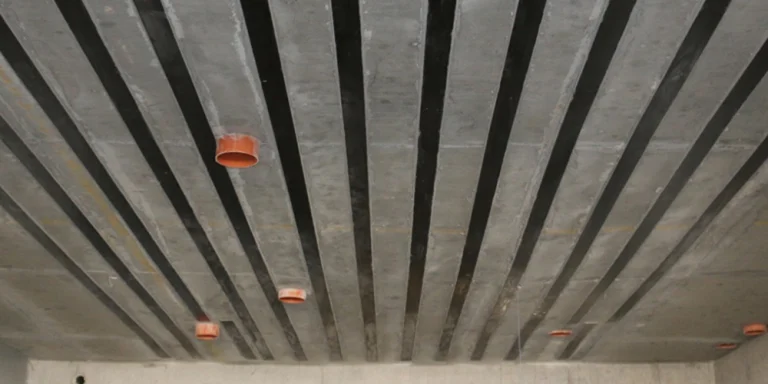
- Public Safety: Structural engineering ensures that buildings and structures can withstand environmental forces and usage demands without posing risks to occupants. In Saudi Arabia, where infrastructure is rapidly evolving, ensuring safety is non-negotiable.
- Infrastructure Development: As the Kingdom continues to invest in mega-projects such as NEOM and The Line, the demand for top-tier structural engineering services in Saudi Arabia is skyrocketing. These projects require expert design and execution to meet ambitious goals.
- Economic Efficiency: A well-executed structural design can save time and money by minimizing the risk of costly construction errors and future maintenance issues. Partnering with an experienced provider of structural engineering service in Saudi Arabia can lead to smoother project delivery and better ROI.
- Sustainability and Innovation: Modern structural engineers are integrating green building techniques and energy-efficient designs, contributing to Saudi Arabia’s Vision 2030 goals of environmental stewardship and sustainable development.
Types of Structures Structural Engineers Work On
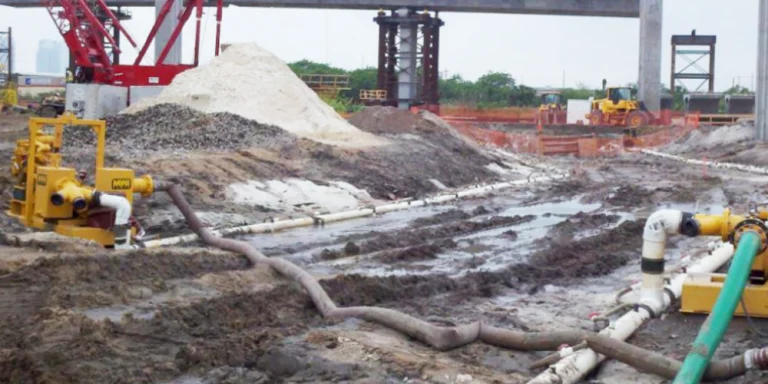
- Residential and Commercial Buildings: From villas and apartment complexes to high-rise towers and office buildings, structural engineers ensure these buildings are functional, safe, and cost-effective.
- Bridges and Overpasses: Saudi Arabia’s expanding road network relies on structurally sound bridges. Structural engineers consider traffic loads, temperature expansion, and seismic stability in their designs.
- Industrial Facilities: Manufacturing plants, refineries, and warehouses require heavy-duty design for machinery loads and operational efficiency. A qualified structural engineering service in Saudi Arabia can provide tailored solutions that meet these rigorous requirements.
- Dams and Water Retention Systems: In arid regions, water management infrastructure like dams and reservoirs must be both safe and durable. Structural engineers ensure these systems are structurally sound and able to resist hydrostatic forces over decades.
- Towers and Masts: Communication towers, wind turbines, and observation masts must handle high wind loads and vibrations. Structural engineers use sophisticated analysis to ensure they remain stable and upright.
- Offshore Structures: Platforms used in oil and gas extraction or wind energy must be engineered to endure harsh marine conditions. Saudi Arabia’s offshore developments rely heavily on robust structural engineering.
SFMGC – Your Trusted Partner in Structural Engineering
